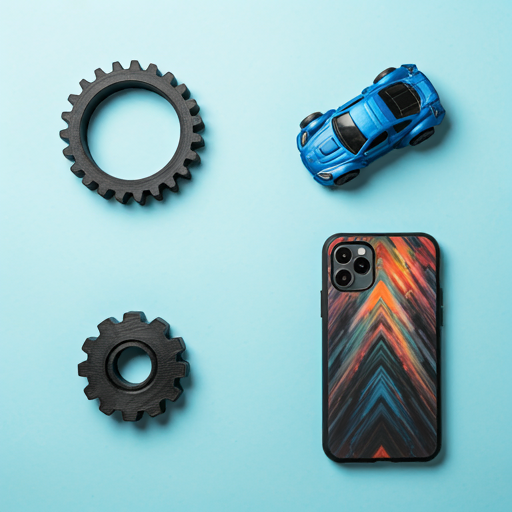
-
How it works
-
Industries
-
Services
-
Material
-
Company
-
Resources



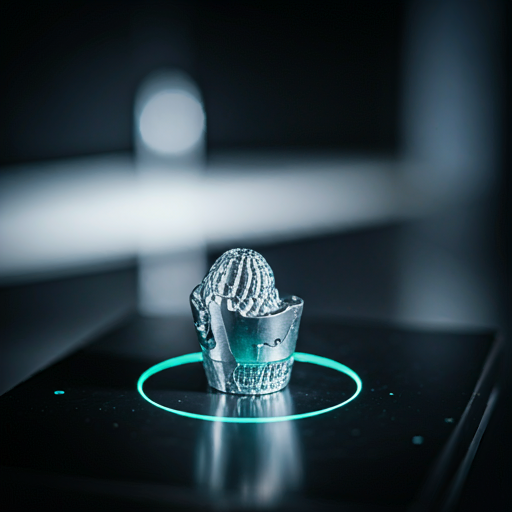
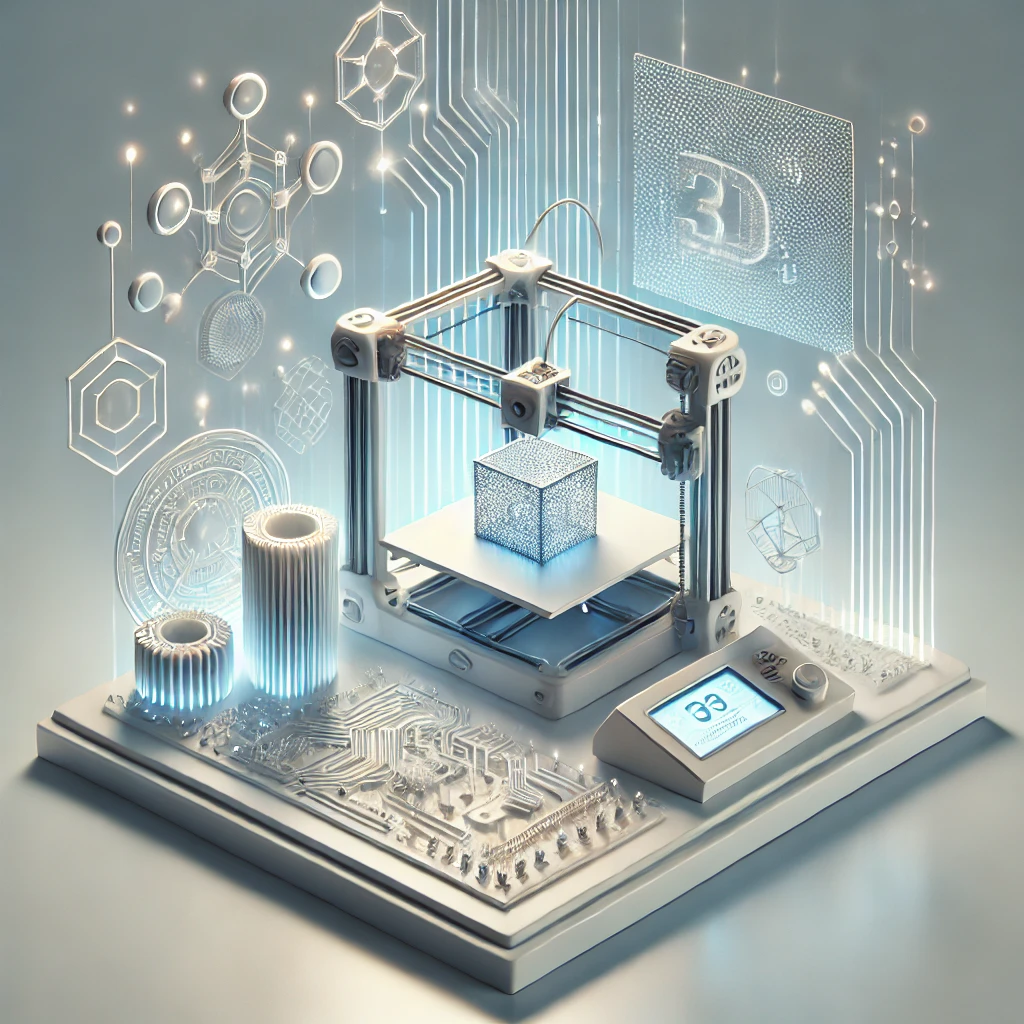




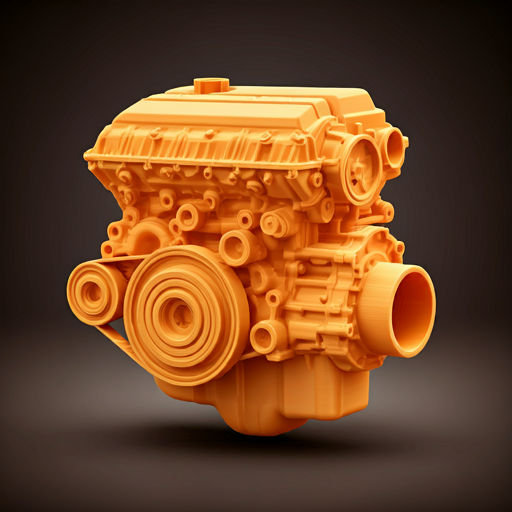

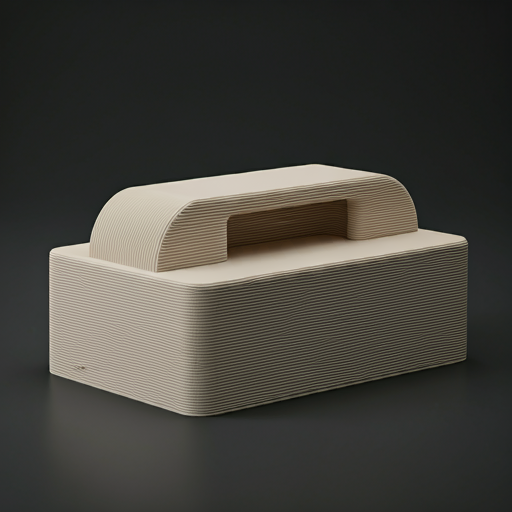
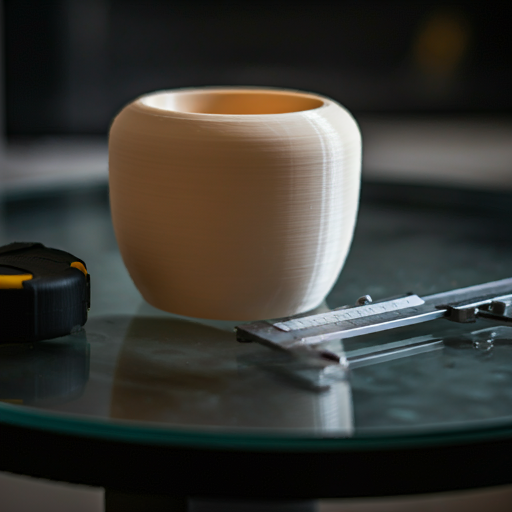
 Industries
Industries
Discover Carbon Fiber PETG Composite—a high-performance material combining the strength and durability of PETG with the rigidity and lightweight properties of carbon fiber, ideal for functional parts requiring superior stiffness and dimensional stability.
Carbon Fiber PETG Composite is a thermoplastic material infused with chopped carbon fiber strands, enhancing the mechanical properties of standard PETG. The addition of carbon fiber significantly increases stiffness, strength, and dimensional stability while reducing the overall weight of printed parts. This composite material maintains the chemical resistance and ease of printing associated with PETG, offering low shrinkage and minimal warping. Carbon Fiber PETG is ideal for applications that demand higher performance characteristics, such as automotive components, drone frames, and mechanical parts subjected to stress. The material produces parts with a matte, slightly textured surface finish, which is aesthetically pleasing and functional by reducing glare and improving layer adhesion. While it requires a hardened steel nozzle to prevent abrasion during printing, Carbon Fiber PETG offers an excellent balance between printability and enhanced mechanical properties.





 FDM compatible
FDM compatible Composite compatible
Composite compatible High Stiffness and Rigidity
High Stiffness and Rigidity Lightweight
Lightweight Reduced Warping and Shrinkage
Reduced Warping and Shrinkage Matte Surface Finish
Matte Surface Finish Abrasive to Nozzles
Abrasive to Nozzles Requires Hardened Steel Nozzle
Requires Hardened Steel Nozzle
 Limited Flexibility
Limited Flexibility Higher Cost
Higher CostKey Carbon Fiber PETG properties rated to guide you in selecting the best fit for your 3D printing needs.
Carbon Fiber PETG Composite is ideal for producing high-strength, lightweight parts that require enhanced rigidity and dimensional stability. Its superior mechanical properties make it suitable for functional prototypes and end-use components in demanding applications.
 Structural components
Structural components Engine bay parts
Engine bay parts Custom brackets
Custom brackets Drone frames
Drone frames UAV components
UAV components Lightweight fixtures
Lightweight fixtures Mechanical jigs
Mechanical jigs Tooling and fixtures
Tooling and fixtures Robotic parts
Robotic parts Bicycle components
Bicycle components Protective gear
Protective gear Equipment enhancements
Equipment enhancements Functional Prototypes
Functional Prototypes Structural Parts
Structural Parts Lightweight Assemblies
Lightweight Assemblies High-Stress Components
High-Stress ComponentsExhibits high stiffness and strength with low weight, suitable for parts requiring structural integrity and reduced mass.
| Property | Value, metric |
|---|---|
| Tensile Strength | Approximately 70 MPa |
| Tensile Modulus | Approximately 6,000 MPa |
| Elongation at Break (%) | 8% |
| Flexural Strength | Approximately 100 MPa |
| Flexural Modulus | Approximately 7,000 MPa |
| Notched Izod Impact Strength | Approximately 60 J/m |
| Shore Hardness | Shore D 80 |
Printing with Carbon Fiber PETG Composite requires specific considerations due to its abrasive nature and material properties. A hardened steel or wear-resistant nozzle is necessary to prevent erosion. The material prints with ease similar to standard PETG but offers reduced warping and improved dimensional accuracy.
| Type | Value |
|---|---|
| Lead Time | 2-6 business days |
| Wall Thickness | Minimum 1.2 mm |
| Tolerance | ±0.20%, minimum ±0.2 mm |
| Max Part Size | Up to 300 x 300 x 300 mm |
| Layer Height | 0.1 mm to 0.3 mm |
Offers good heat resistance, maintaining mechanical properties under elevated temperatures.
| Property | Value, metric |
|---|---|
| Heat Deflection Temperature (HDT) | Approximately 80°C at 0.455 MPa |
| Thermal Expansion Coefficient | Approximately 50 x 10^-6 /°C |
| Thermal Expansion (Scale 0-100) | 55 |
| Max Service Temperature | Up to 75°C before significant deformation may occur |
Carbon fiber content may affect electrical properties, potentially making the material slightly conductive.
| Property | Value, metric |
|---|---|
| ESD Safety | Not inherently ESD safe |
| Conductivity | Semi-conductive due to carbon fiber |